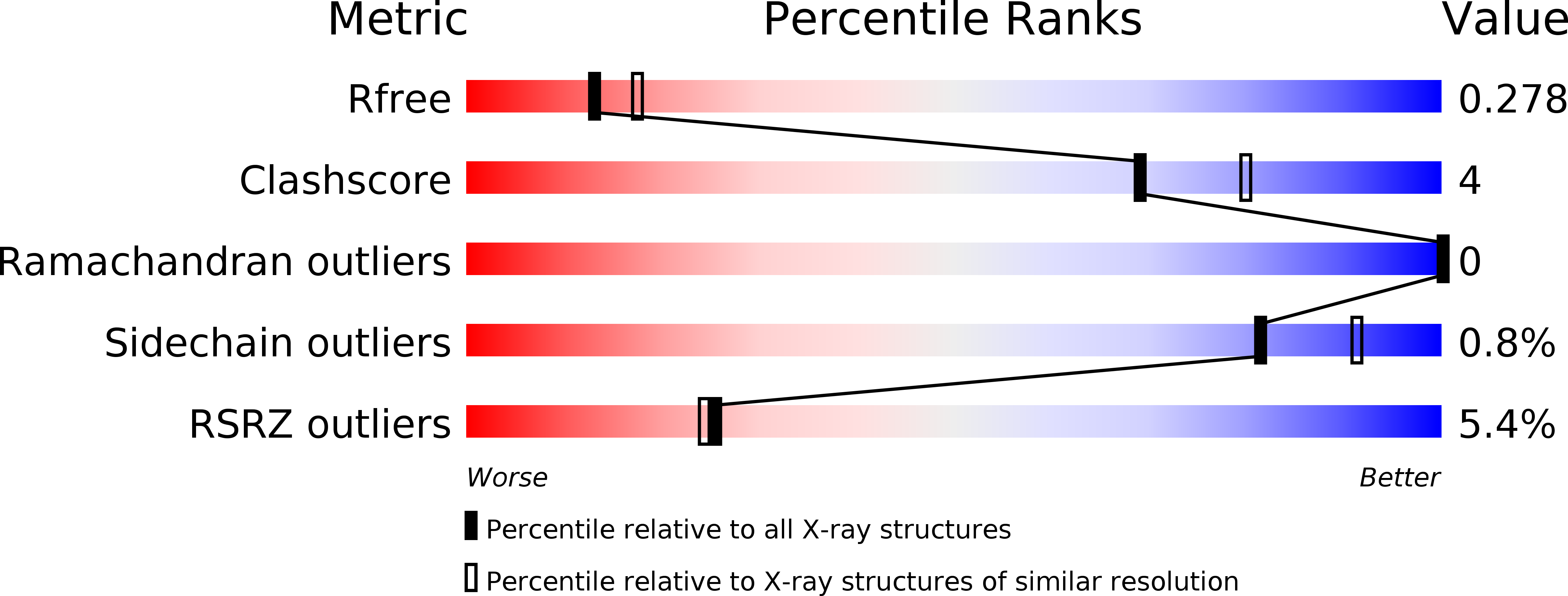
Deposition Date
2019-08-01
Release Date
2020-08-26
Last Version Date
2024-10-23
Entry Detail
PDB ID:
6SFF
Keywords:
Title:
mouse Interleukin-12 subunit beta - p80 homodimer in space group I41
Biological Source:
Source Organism:
Mus musculus (Taxon ID: 10090)
Host Organism:
Method Details:
Experimental Method:
Resolution:
2.40 Å
R-Value Free:
0.26
R-Value Work:
0.22
R-Value Observed:
0.23
Space Group:
I 41


